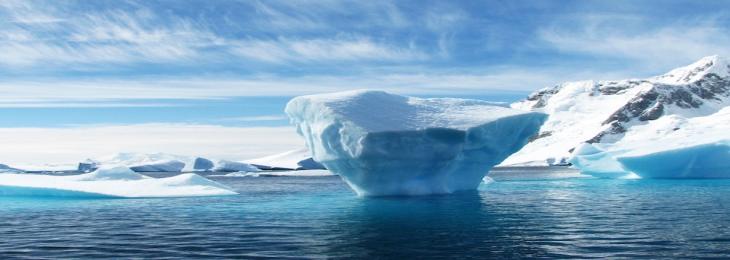
The glacier's front lost touch with a ridge on the seafloor sometime in the past 200 years and withdrew at a pace of more than 2.1 kilometers per year during a period of fewer than six months.
This is double the pace that satellite data between 2011 and 2019 showed to be occurring. According to Graham's findings, Thwaites Glacier has seen pulses of extremely fast retreat throughout the past two centuries, and potentially as lately as the mid-20th century.
According to marine geophysicist and research co-author Robert Larter of the British Antarctic Survey, Thwaites is truly hanging on by its fingernails now. We should expect to witness huge changes over brief durations in the long term from one year to the next.
During an expedition in 2019 to acquire the pictures and related geophysical data, specialists from Sweden, the United States, and the United Kingdom, formed a study team and launched a trying to cut orange robotic system named "Rán" from the R/V Nathaniel B. Palmer.
Graham asserts that the Rán flight, which lasted 20 hours and was piloted by researchers at the University of Gothenburg in Sweden, was perilous as well as fortunate. It succeeded in scanning a section of the seafloor in front of the glacier that was about the length of Houston despite challenging conditions during a summer that was unique for the lack of sea ice. This enables scientists accessibility to the glacier edge for the very first time ever.
According to Anna Whlin, from the University of Gothenburg, a physical oceanographer who utilised Rán at Thwaites, major innovations in independent ocean mapping and a courageous decision by the Wallenberg foundation to engage in this great deal of research have made it easier to conduct groundbreaking research on the ocean floor. The images taken by Ran help us comprehend the current circumstances at the crucial intersection where the glacier and the ocean converge.






